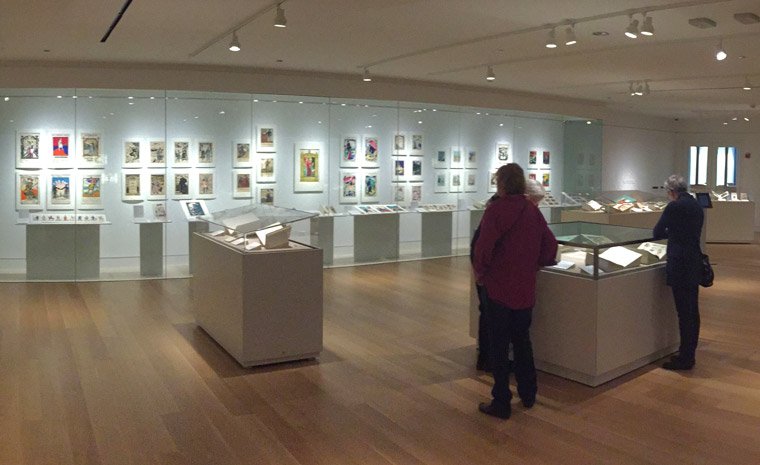The Evolution of a Graphic Identity: The R.R. Donnelley Indianhead
From the late nineteenth century onward, RR Donnelley's corporate identity was associated with its distinctive Indianhead trademark. The image, according to Gaylord Donnelley, depicted one of the region's natives "silhouetted against a blockhouse on the shores of Lake Michigan," creating a link between "frontier life and midwestern development" and the expanding business enterprise of R.R. Donnelley & Sons Company.
Originally conceived by Chicago architect Howard Van Doren Shaw as an exterior ornament for the company's manufacturing plant on Plymouth Court in Printer's Row, the design was created by Chicago artist Joseph C. Leyendecker, who became famous for his Saturday Evening Post covers and for advertising imagery such as the Arrow Shirt Man.
In 1897, seven years after the Indianhead appeared on the outside of the company's Printer's Row building, Leyendecker's concept was formally adopted as the RR Donnelley printer's mark and trademark. For nearly thirty years, the Leyendecker Indianhead was used in books, as well as on stationery, business cards, training manuals, advertisements, and the covers of the Lakeside Classic book series.
Keeping pace with and often leading trends in the graphic arts, RR Donnelley redesigned (or updated) its trademark more than twenty-five times over the next eight decades. The changes in the look of the Indianhead mirror the evolution of graphic design from the ornate linear style of the early twentieth century to the simplified approach of the late twentieth century, and every vogue in between.

